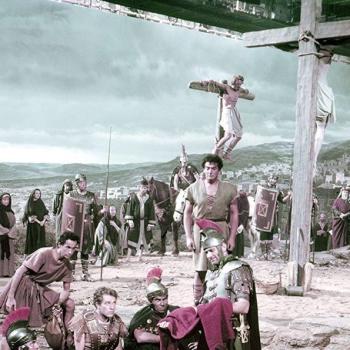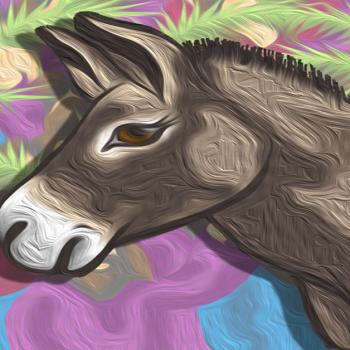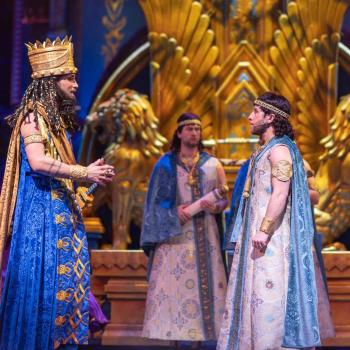On the one hand, this problem should give Mormons more empathy for the Christian religions they often deride for maintaining "closed heavens"—an accusation often founded more in caricature than reality. As another BYU Professor, Stephen Robinson, wrote two decades ago in the groundbreaking interfaith dialogue book How Wide the Divide, Mormons and Evangelicals are not as far apart on the issue of the scriptural canon as we sometimes assume. Sure, Mormons have a new book of ancient scripture and over a hundred new revelations—which, of course, is more than enough to acknowledge the wide divide—but nearly all of those new scriptural texts came within the first decade and the church has maintained a "functionally closed" canon ever since. Decisions and pronouncements since the middle of the 19th century have primarily come from councils discussing, praying over, and interpreting the texts already present, and while current statements are somewhat granted "canon" status, they still don't carry as much weight as those found within the leather covers of the books of scripture.
But, on the other hand, Mormonism's theoretically open canon provides distinct issues, as seen in the complexities that followed the radical disruption of 1890 when polygamy was denounced, which led to break off "fundamentalist" churches claiming the Church had gone astray, and the priesthood extension in 1978 which, as the Bott incident demonstrates, still provides tensions today. These events were distinct ruptures to the past that required a reorientation of doctrine and practice, and introduced a tenuous relationship with the tradition's history; Mormons were not only forced to formalize and preach their newly reframed religious vision, but come to terms with what to do with statements concerning the past vision.
Those who claim a closed canon can dismiss historic problems, like racism, as mistakes made by fallible members who misinterpreted the scriptures. Mormons, however, are left to further engage these practices and ideas because they were introduced by those supposedly part of the prophetic canon. The general approach the church has taken is to ignore these issues. When both questions of polygamy and racism are asked, the general answer is that they are to be left in the past while we focus on the present and future. For instance, the Church statement argued that while they don't know "why, how, or when [the priesthood] restriction began in the Church," what is certain is that "it ended decades ago" and therefore has no relevance for the present.
This forward-thinking focus certainly has its benefits, not the least of which is avoiding the complicated discussion of how past prophetic leaders may have been wrong. But the continuation and perpetuation of lingering beliefs from past periods, like those given concerning the priesthood ban, demonstrates the limits of this approach. Questions concerning the complexities of continued revelation filtered through human beings, the possibility of fallible leaders, and the instability of a threateningly open canon perhaps need to be more directly addressed in order to finally move forward—especially in both this temporary Mormon Moment as well as the permanent digital age. This may mean specifically addressing tough issues like the priesthood restriction's "why, how, or when."
In the end, Mormons have yet to formulate a way to understand their doctrinal canon that acknowledges the messiness of the past, provides comfort and stability for the present, and yet still leaves the door open for possibly future correctives. That is, of course, what the modern prophetic tradition promises.




